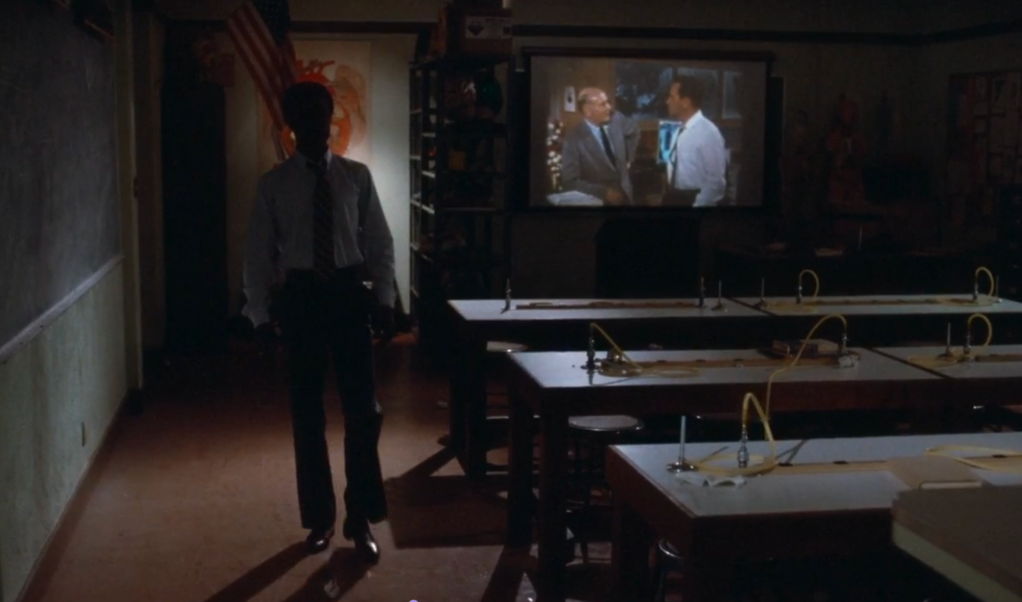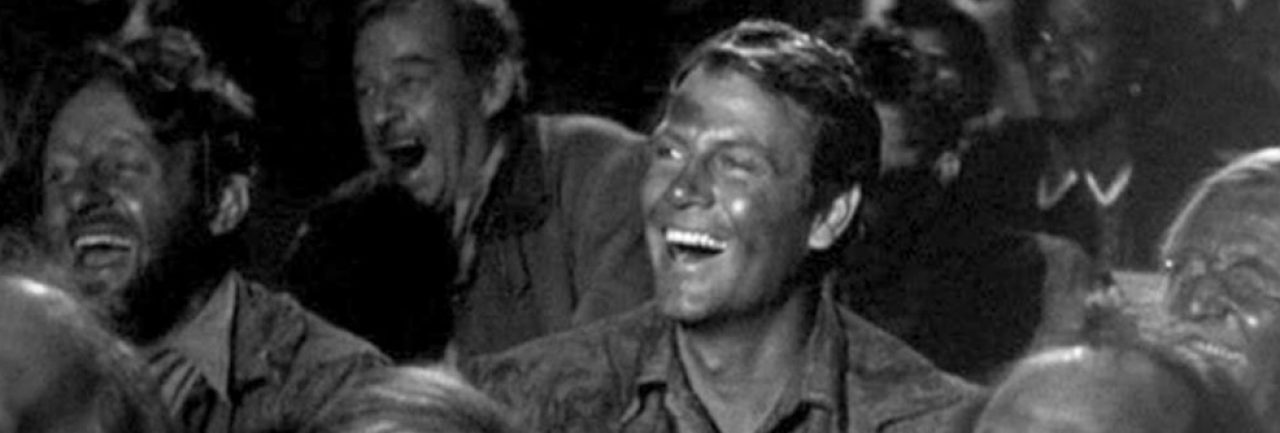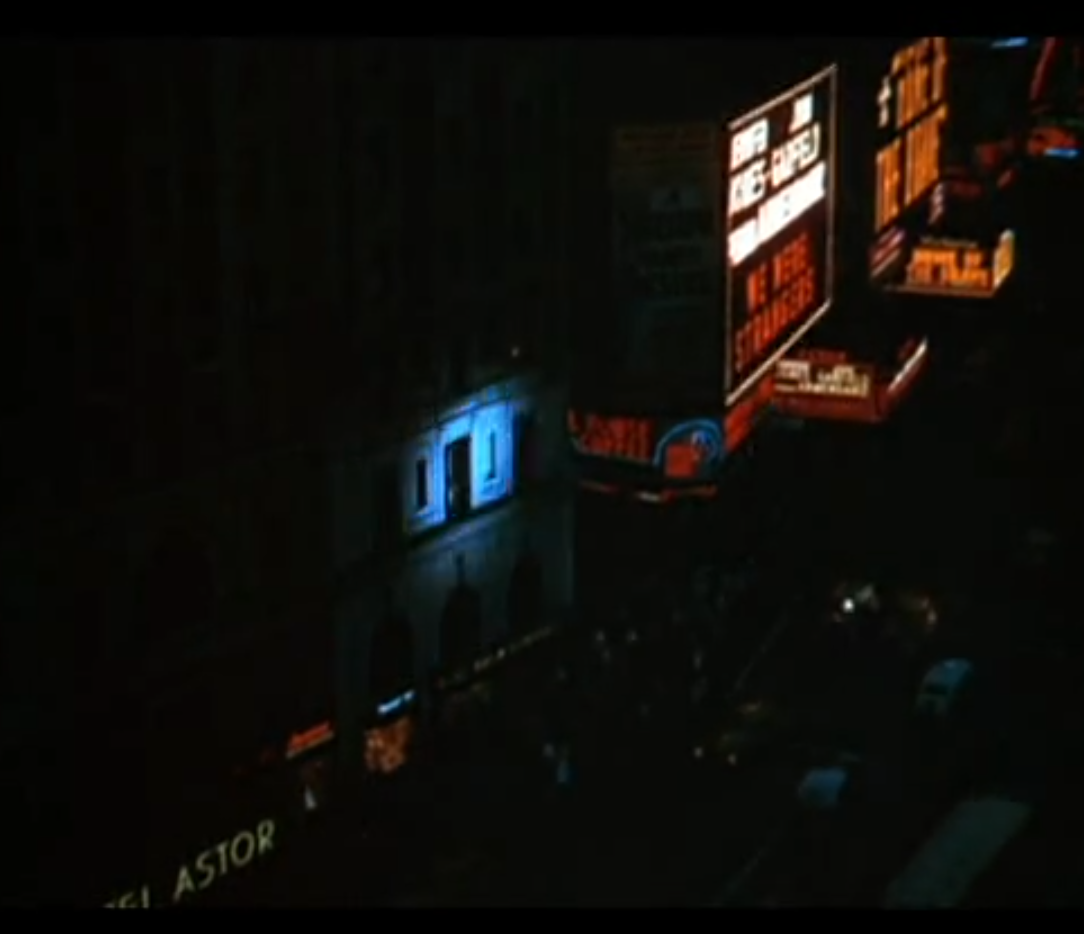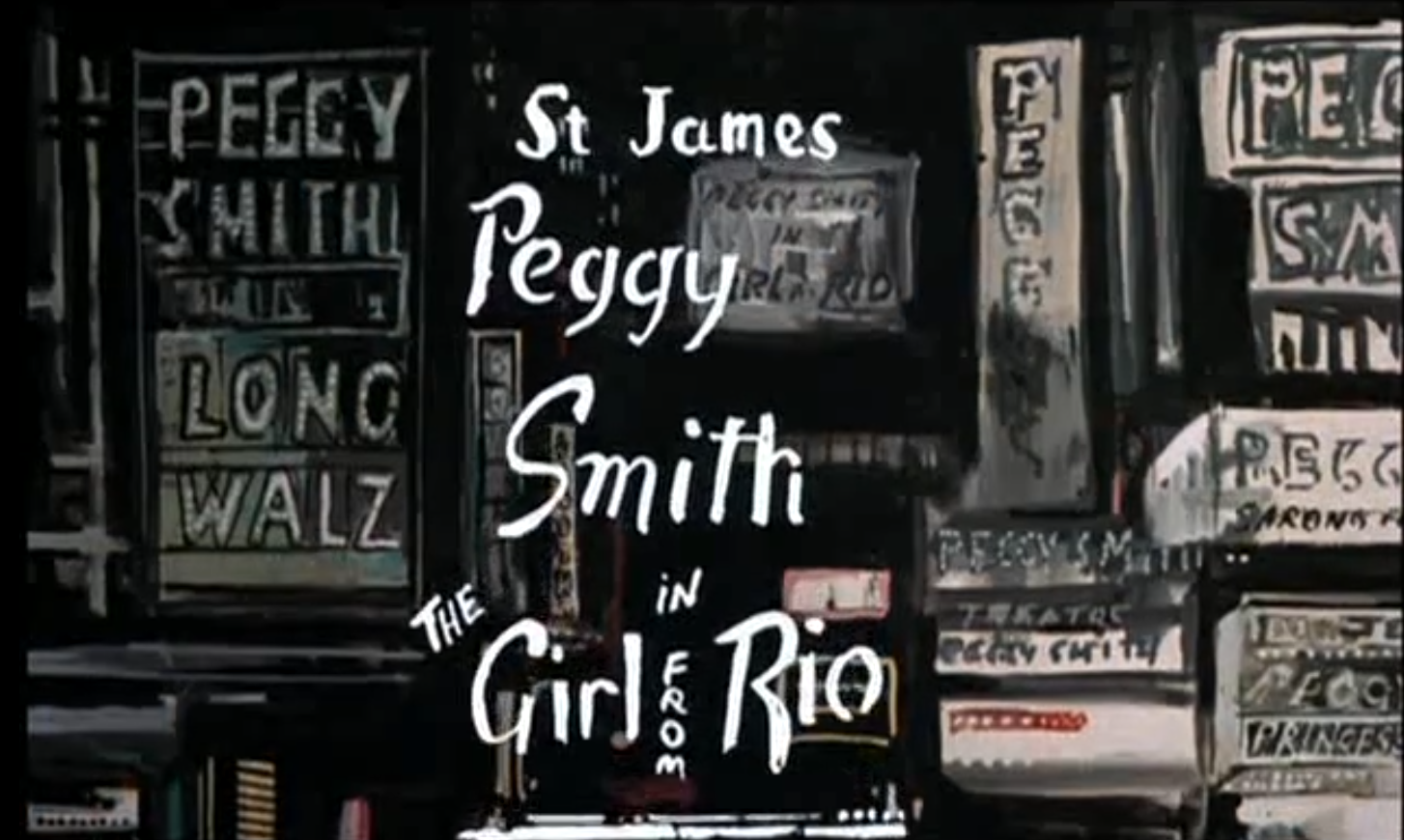If asked to name to the most movie-conscious movie, I probably wouldn’t select Gremlins. But Joe Dante’s 1984 horror-comedy belongs in the discussion.
The film’s best-known movie-in-movie scene occurs when the apparently cute, but actually viciously destructive, title creatures have taken over the local cinema. Initially, there’s some trouble in the projection booth, but that gets sorted out.
The movie the gremlins are watching, of course, is Snow White and the Seven Dwarfs (1937). It’s a knowing choice, showing the striking transition in animated sidekicks from Disney’s lovable dwarfs to Dante’s disgusting critters. But gross as they are, they’re also — in their rapt involvement with what they’re watching — the sort of audience a director can only dream of.
And if you think it’s odd that a 1937 movie should be on offer in an early ’80s cinema, you shouldn’t: Disney re-released Snow White in the Christmas season roughly every decade, the last time in 1983. Gremlins is a Christmas movie as well (though it was rushed to a June release, apparently so that its studio could have some blockbuster competition against Ghostbusters and the second Indiana Jones movie). It has lots of nods to the ultimate Christmas movie, It’s a Wonderful Life, including the fact that the main character, Billy (Zack Galligan), works in a bank, and both the look and the name (the Bedford Falls-sounding Kingston Falls) of the town where it’s set.
An early movie-in-movie scene is a more explicit shout-out to Frank Capra’s classic. Billy and his mother (Frances Lee McCain) are in the family kitchen.
I love it that she doesn’t have the sound on: at this point,Wonderful Life is so familiar that it’s really not necessary. And is she crying at the ending of the movie (which would be happy tears, not sad ones, right?), or from the big pile of onions she’s just chopped?
Here are the other movies in the movie, in no particular order. I find all but one of them clever and fun.
Billy and Gizmo, the Mogwai who inadvertently spawned the gremlins, watch Invasion of the Body Snatchers (1956) on TV. The parallels are obvious.
Playing in the classroom of the high school science teacher (Glynn Turman) is Hemo the Magnificent, a 1956 documentary about the circulatory system directed by none other than Frank Capra.

Mr. Futterman (Dick Miller), who is bitter at foreign imports up to and including the gremlins taking over from American-made products, finds that his TV will only play kind of the ultimate foreign film, Jean Cocteau’s 1950 Orpheus.

My favorite Easter egg takes places in the local bar, where the TV is barely visible. IMDB informs me that what’s showing on it is the 1949 Pepe Le Peu cartoon For Scent-imental Reasons, directed by Chuck Jones. And guess who’s the customer walking along the bar, looking at it? Chuck Jones himself. (Phoebe Cates is the waitress, Judge Reinhold the dude on the left.)

The one movie-in-this-movie whose point I can’t quite figure out is To Please a Lady (1950), which looks to be a pretty bad car-racing movie starring Clark Gable and Barbara Stanwyck. But Gizmo and Billy’s dog clearly don’t share my opinion. There’s probably an in-joke in there somewhere, and if anyone can spot it, please let me know.










